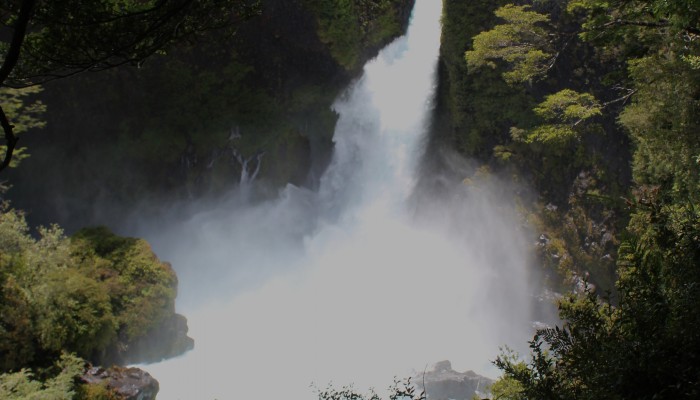
As the recent eruptions of Calbuco and Villarrica in southern Chile have shown, the long arcs of volcanoes that stretch around the world’s subduction zones have the potential to cause widespread disruption to lives and livelihoods, with little or no warning. Fortunately, neither of these eruptions has, so far, led to any reported loss of life – but the consequences of these eruptions for the communities living within reach of the ash plumes and beyond will continue to play out for months or years into the future.
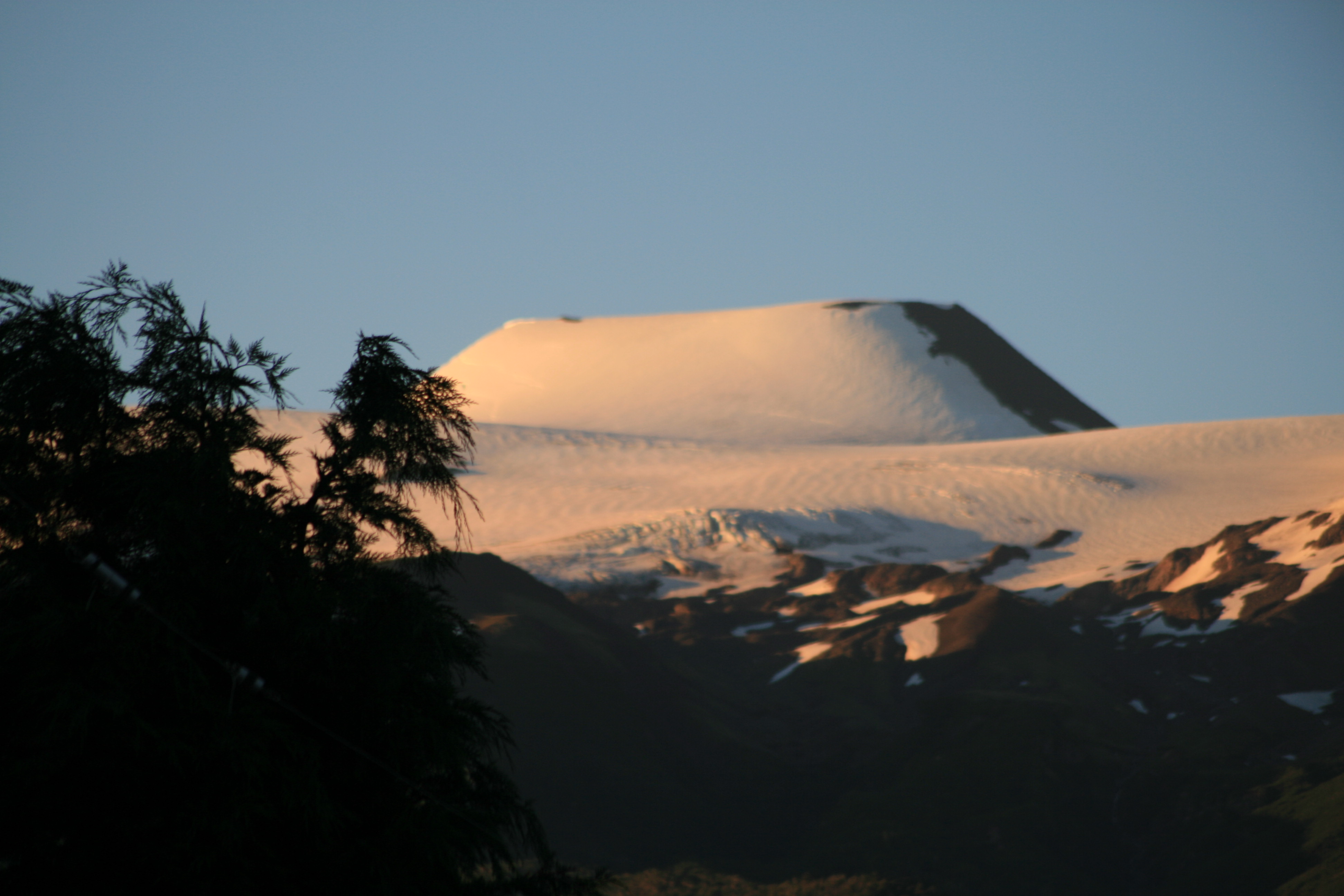
The young cone of Mocho volcano, southern Chile, which may have erupted as recently as 1937. Mocho-Choshuenco volcano is one focus of our ongoing work in the region.
We have been working in southern Chile for a few years now, helping to extend what is known about past explosive eruptions at some of the region’s most active volcanoes. In this part of Chile, the written records of past eruptions only extend back a few hundred years – at the most – so most of our work has involved digging into the geological records of the region, to try and piece together the fragmentary stories of past eruptions. This can be slow and painstaking work, both in the field and in the laboratory, but is always exciting when things start to come together.
This week, Harriet Rawson has published her first major scientific paper on the volcanic eruption history of Mocho-Choshuenco over the past 18,000 years. The 18,000 year timescale spans the volcanic activity that has taken place since the end of the last ice age; and we can be fairly confident that by visiting hundreds of sites around the volcano, we have found most of the ‘major’ eruptions, and many of the ‘moderate’ explosive eruptions from this volcano over this time period. The results of Harriet’s work are summarised in the picture below – which shows the timing, composition and sizes of eruptions through time. Just for context, the March 3 eruption of Villarrica was small (10 million cubic metres of ash, or magnitude 3 on the y axis), with a composition represented by an orange colour (so a bit like the Mocho eruptions around 4,000 years ago); while the April 22 eruption of Calbuco was moderate (210 million cubic metres of ash, or magnitude 4.5 on the y axis), and a composition in the green to pale blue range (like the eruption around 2000 years ago).

The record of explosive volcanic eruptions at Mocho-Choshuenco volcano over the past 18,000 years (from Rawson et al., 2015). The x axis shows time, as ‘thousands of years before present’, based on radiocarbon dating of flecks of charcoal preseved within the deposits. The y-axis shows the ‘size’ of the eruption, in terms of the eruption magnitude, which is a logarithmic scale of erupted mass or volume of ash and pumice. The coloured curves represent the age and erupted composition of the volcanic events that have been recognised – with the ‘peak’ of the curve showing the best estimate of the eruption age, and size. The width of the curve gives an indication of the uncertainty in the timing of the eruption. The cartoon parallel to the x-axis shows how regional climate and ice cover at the volcano are thought to have changed over the same time period.
In many ways, this work is just the start of the forensic process of understanding how this particular volcano works and of the threats it might pose for the future; but it is also a critical piece of the jigsaw in terms of understanding the pulse of the volcanic arc, and crossing the gap between the geological past, and the volcanic present.
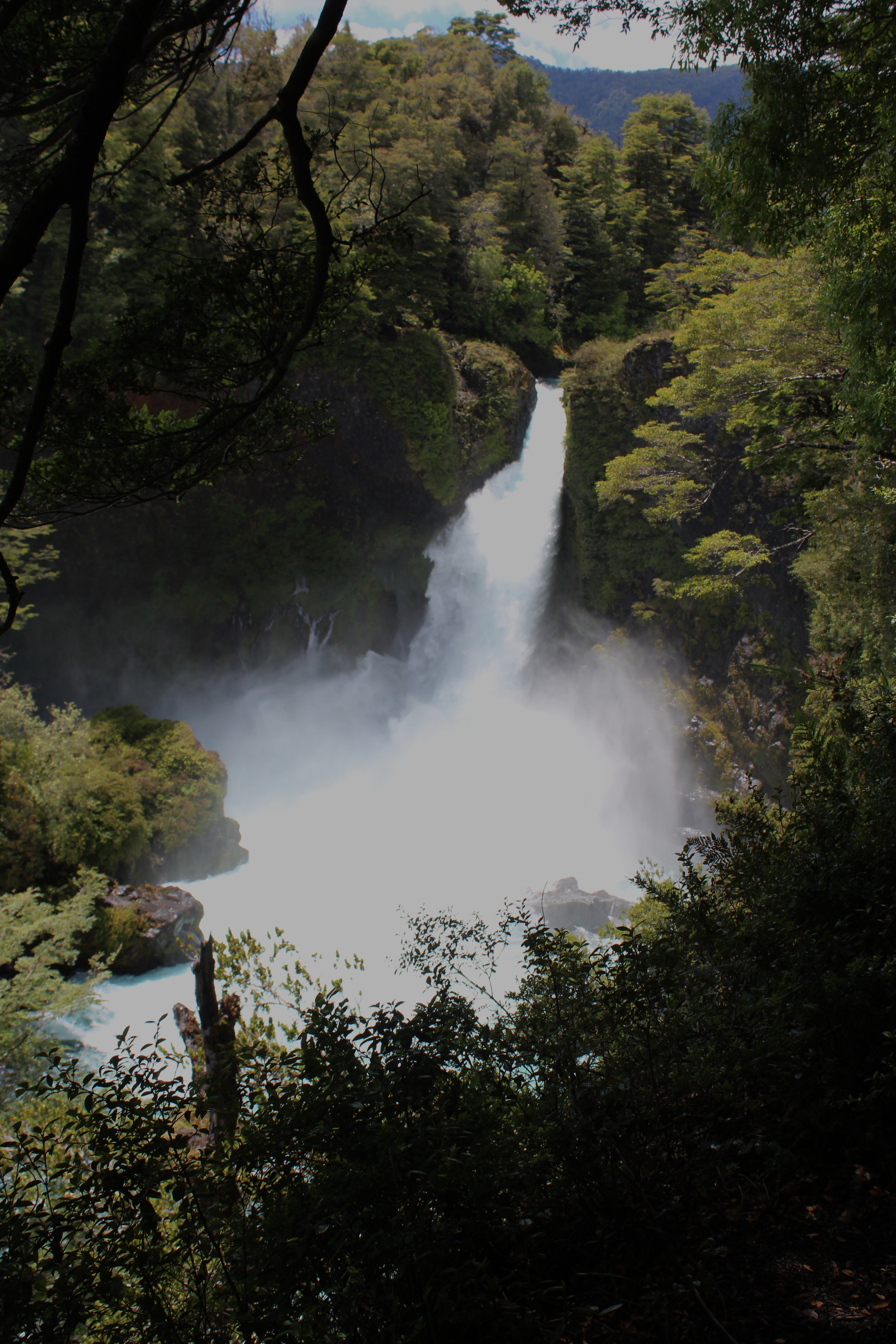
The wonderful ‘Salto Huilo Huilo‘ in the Huilo Huilo ecological reserve, at the foot of Mocho-Choshuenco.
Acknowledgements
This work has been funded primarily by the UK Natural Environment Research Council, and represents the outcome of many years of collaborations with colleagues from the Chilean Geological Survey, SERNAGEOMIN, with field work in the region supported by numerous colleagues and assistants, and with the support of CONAF and Reserva Huilo-Huilo.
References
K Fontijn et al., 2014, Late Quaternary tephrostratigraphy of southern Chile and Argentina, Quaternary Science Reviews 89, 70 – 84. [Open Access]
H Rawson et al., 2015, The frequency and magnitude of post-glacial explosive eruptions at Volcan Mocho-Choshuenco, southern Chile. Journal of Volcanology and Geothermal Research, doi:10.1016/j.jvolgeores.2015.04.003 [Open Access] Datasets available on figshare.
DM Pyle, 2015, Sizes of volcanic eruptions, Chapter 13 in Sigurdsson et al., eds, Encyclopedia of Volcanoes, 2nd edition, pp 257-264. doi:10.1016/B978-0-12-385938-9.00013-4

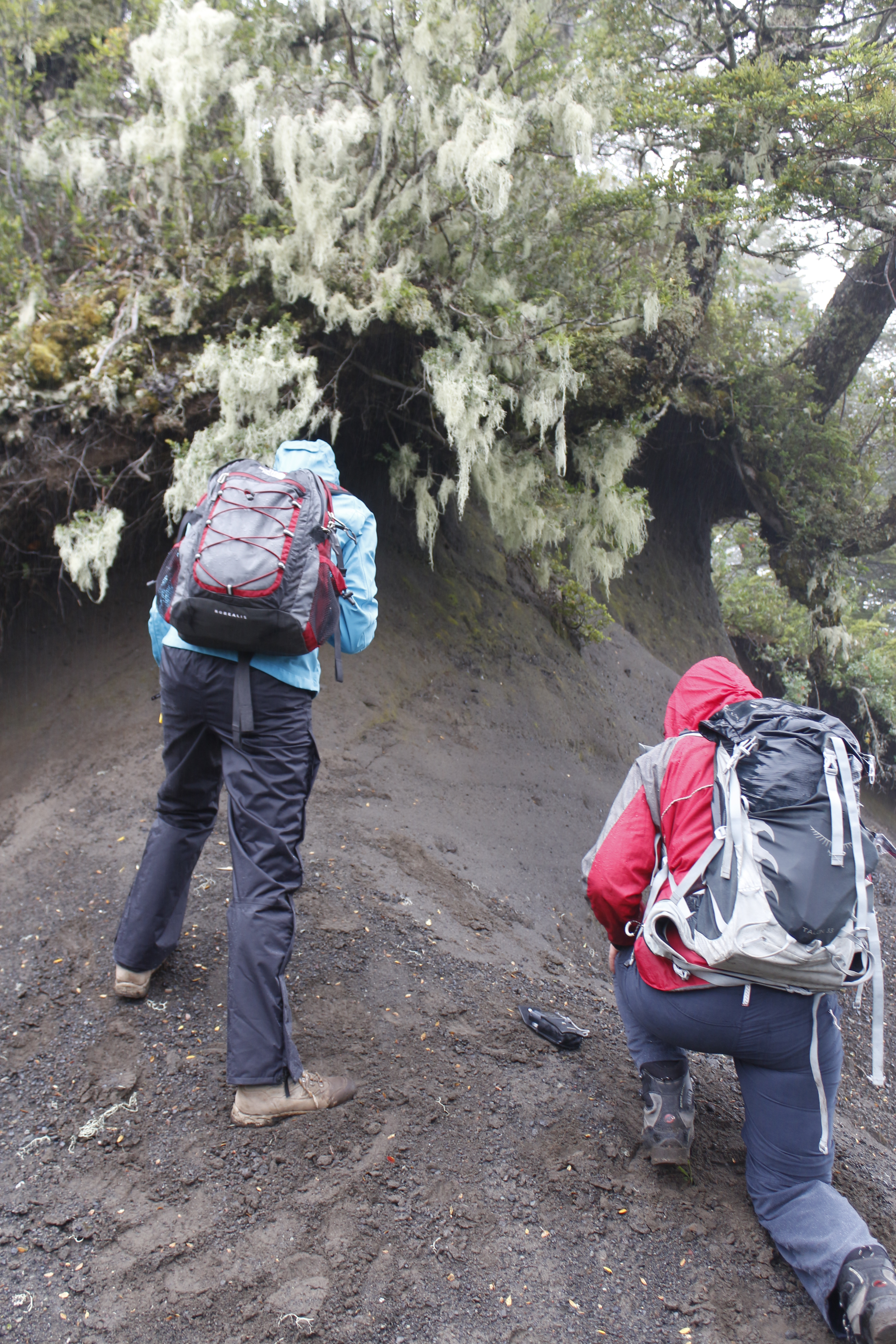
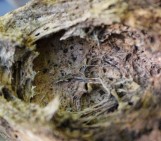
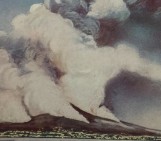
aficientifico
I downloaded it! Nice job!
davidmpyle
Thank you!